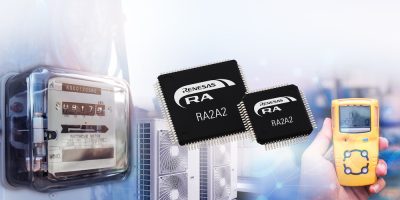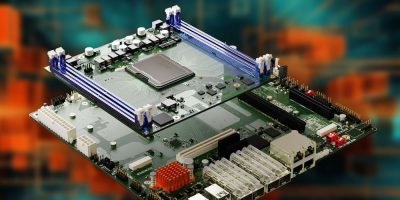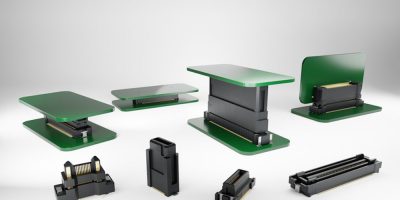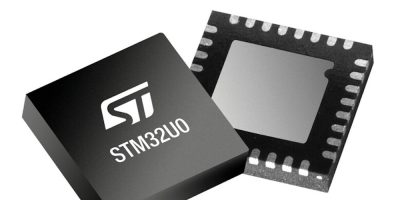Renesas has introduced the RA2A2 microcontroller (MCU) Group based on the Arm Cortex-M23 processor. The new, low-power devices offer a 24-bit Sigma-Delta analog-to-digital converter (SDADC), and an innovative dual-bank code flash and bank swap function that make it easy to implement firmware over-the-air (FOTA) updates for smart energy management, building automation, medical devices, consumer electronics and other IoT applications that can benefit from firmware updates.
The RA2A2 devices offer multiple power structures and voltage detection hardware to realize energy-efficient, ultra-low power operation as low as 100 µA/MHz in active mode and 0.40µA in software standby mode. An independent power supply real-time clock extends battery life for applications requiring long lifetime management in extreme conditions. The new MCUs also offer AES hardware acceleration, a high-precision (±1.0%), high-speed on-chip oscillator, a temperature sensor, and a wide operating voltage range from 1.6V to 5.5V.
RA2A2 MCUs contribute to the digitalization of conventional systems with key features including high-level analog sensing, FOTA support, 8KHz/4KHz hybrid sampling, and AES hardware accelerator functions. When the end-systems are digitalized, it is possible to analyse individual systems status seamlessly for further energy-efficient, streamlining system operation. For example, next generation smart electricity meters with Non-Intrusive Load Management (NILM) technology enable energy consumption monitoring based on detailed analysis of the current and voltage of the total load. The adoption of smart meters with NILM is the most cost-effective and scalable solution for increasing energy efficiency and lowering energy consumption.
The new RA2A2 Group MCUs are supported by Renesas’ Flexible Software Package (FSP). The FSP enables faster application development by providing all the infrastructure software needed, including multiple RTOS, BSP, peripheral drivers, middleware, connectivity, networking, and security stacks as well as reference software to build complex AI, motor control and cloud solutions. It allows customers to integrate their own legacy code and choice of RTOS with FSP, thus providing full flexibility in application development. Using the FSP will ease migration of RA2A2 designs to larger RA devices if customers wish to do so.







